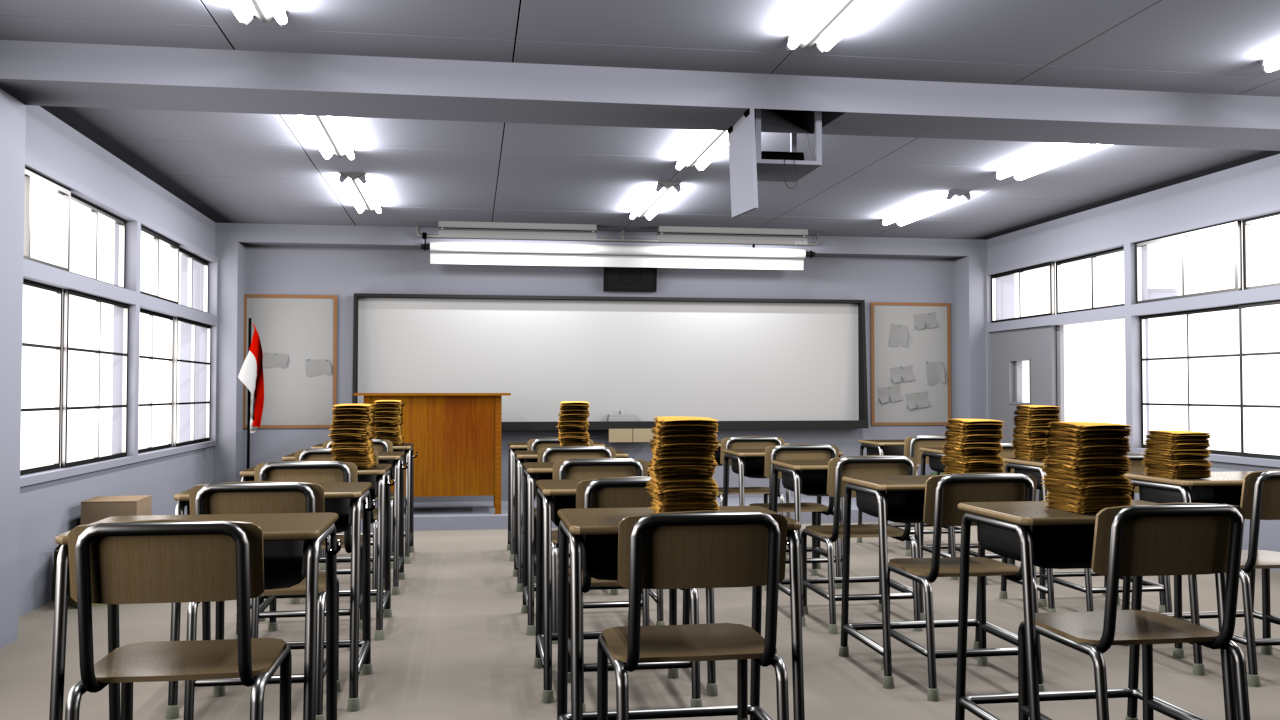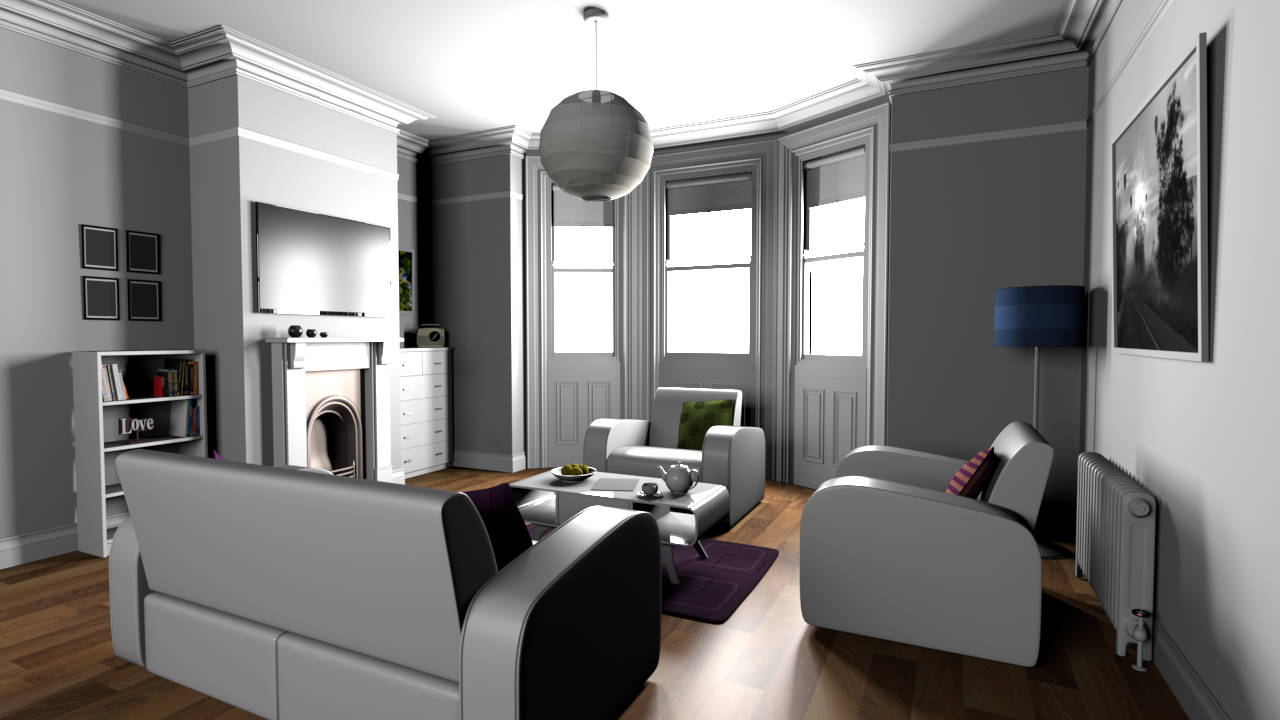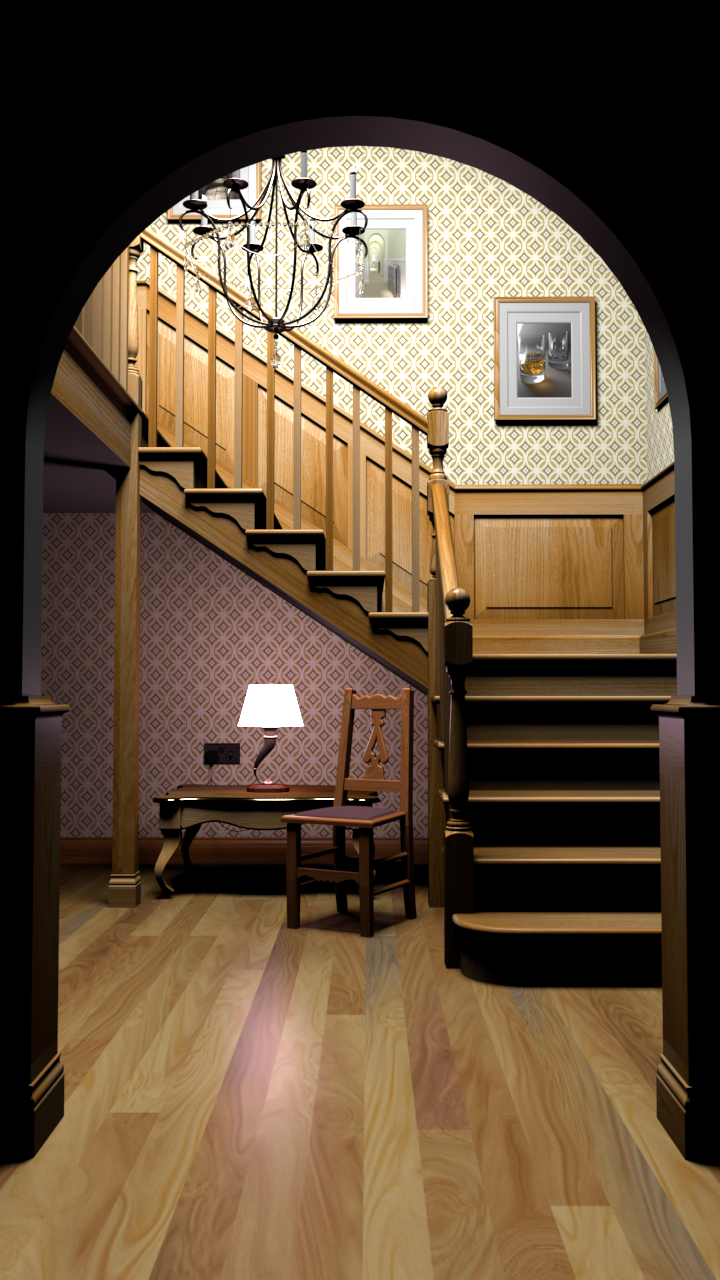Learning to Cluster for Rendering with Many Lights
Yu-Chen Wang1 Yu-Ting Wu1 Tzu-Mao Li2,3 Yung-Yu Chuang1National Taiwan University1 MIT CSAIL2 University of California San Diego3
All results are generated on a machine with 8-core Intel Core i7-9700 CPU (using 4 cores) and 32GB RAM.
Image viewer is borrowed from this page.
Scene (click on the thumbnail to select the scene comparison shown at the bottom of the page)
 |
 |
 |
 |
(120 sec.) |
(120 sec.) |
(120 sec.) |
(120 sec.) |
 |
 |
 |
|
(60 sec.) |
(360 sec.) |
(480 sec.) |
|
 |
 |
 |
|
(30 sec.) |
(30 sec.) |
(60 sec.) |
Please select mode:
Result Comparison Ablation Study
Compared methods:
Stochastic Lightcuts (SLC) [Cem Yuksel 2019]
Resampled Importance Sampling (RIS) [Talbot et al. 2005, Bitterli et al. 2020]
Bayesian Online Regression for Adaptive Direct Illumination Sampling (BORAS) [Vevoda et al. 2018]
Variance-aware BORAS (VA-BORAS) [Rath et al. 2020, Vevoda et al. 2018]
Importance Sampling of Many Lights with Reinforcement Lightcuts Learning (RLL) [Pantaleoni 2019]
Stochastic Lightcuts (SLC) [Cem Yuksel 2019]
Resampled Importance Sampling (RIS) [Talbot et al. 2005, Bitterli et al. 2020]
Bayesian Online Regression for Adaptive Direct Illumination Sampling (BORAS) [Vevoda et al. 2018]
Variance-aware BORAS (VA-BORAS) [Rath et al. 2020, Vevoda et al. 2018]
Importance Sampling of Many Lights with Reinforcement Lightcuts Learning (RLL) [Pantaleoni 2019]